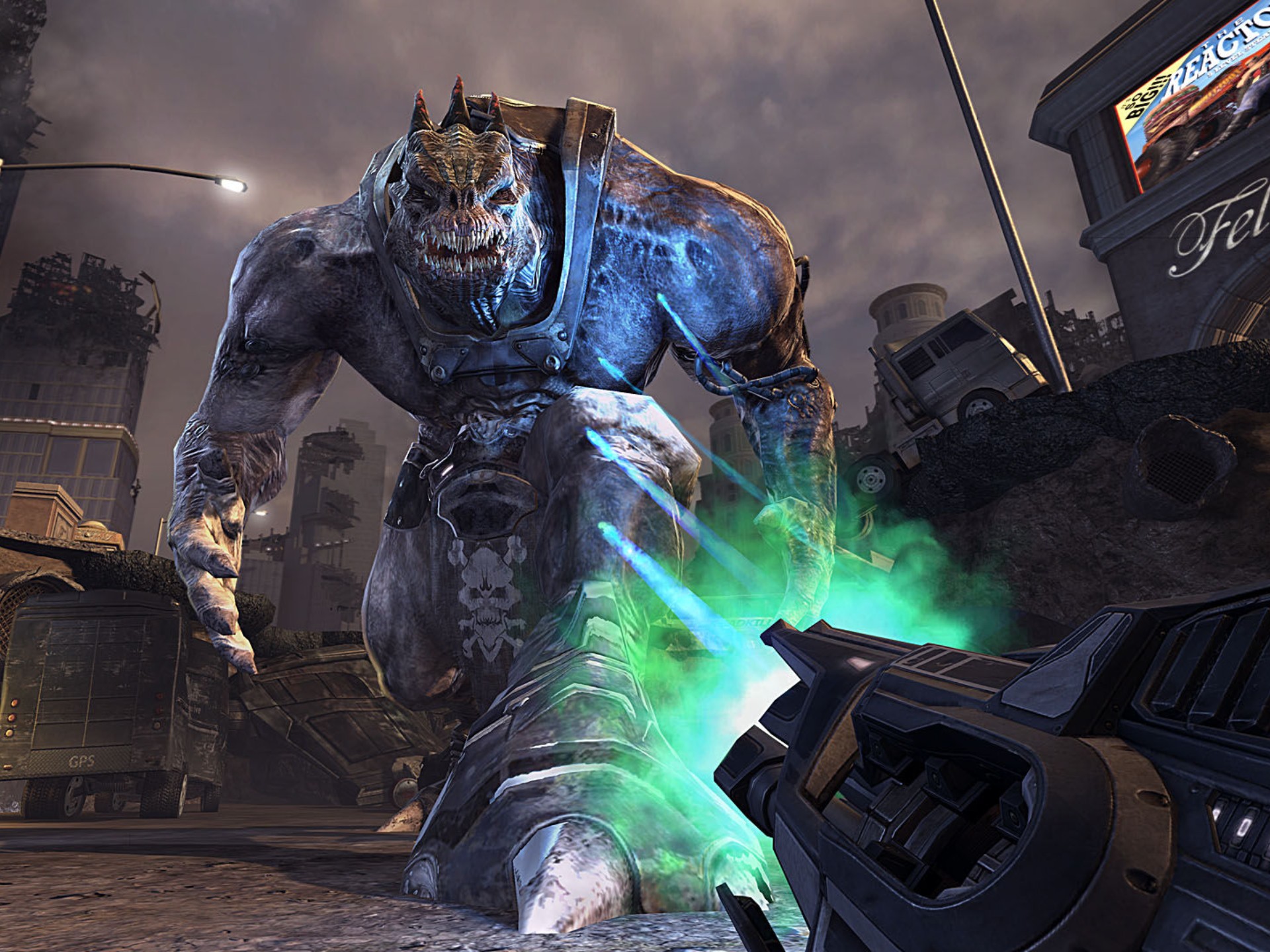Title: The Ultimate Cosmic Custodian: Inside "Star Explosion Shelter Sign Installer Simulator VR - Place Missions DLC"
The universe is a chaotic, unforgiving, and spectacularly beautiful place. Supernovae, the cataclysmic deaths of stars, are among its most violent and awe-inspiring phenomena. For eons, this cosmic drama played out with no audience but the void itself. But in the hyper-specialized, bizarrely compelling world of virtual reality gaming, a new role has been created: the Cosmic Safety Compliance Officer. This is the premise, the heart, and the surprising soul of the brilliant new DLC, "Place Missions," for the cult hit Star Explosion Shelter Sign Installer Simulator VR.

The base game established a uniquely meditative, almost zen-like gameplay loop. Players, armed with a futuristic rivet gun, a stack of luminous, asteroid-grade safety placards, and a zero-gravity thruster pack, were tasked with installing clearly marked signs on the exterior of orbital star-explosion shelters. The core joy was in the meticulous process: aligning the sign, feeling the haptic feedback of the rivet gun through the VR controllers, and admiring your handiwork against the backdrop of a swirling, soon-to-be-dead star. It was a game about quiet order in the face of impending cosmic chaos. The "Place Missions" DLC doesn't just add to this formula; it completely re-contextualizes and elevates it.
"Place Missions" introduces a new layer of narrative and environmental storytelling. The developer’s logs, which you can access from your utility pod, reveal a troubling trend: panicked civilians, in their desperate rush to reach safety, are consistently missing the clearly marked, giant, illuminated main entrances. Why? The logs posit a theory: primal terror. The sight of a star swelling to a million times its size, vomiting radiation and light, apparently short-circuits the human brain's ability to process standardized safety signage.
Your mission, should you choose to accept it, is no longer just about primary entry points. You are now a first responder of spatial awareness. The DLC transports you to shelters mid-evacuation. The serene silence of the base game is replaced by the distant, muffled thumps of panicked crowds inside the shelter walls and the urgent, automated warnings blaring from your pod. Your job is to place secondary, tertiary, and even improvised directional signage along common approach vectors to guide the bewildered.
This is where the genius of the DLC shines. The "Place Missions" are not just about sticking a sign anywhere. You must think. Using a new environmental scanner, you analyze refugee approach patterns. You see ghostly, augmented-reality trails of where hypothetical citizens might get confused by a jagged piece of hull plating or misread a corridor’s layout. Do you place a large "--> SAFETY THIS WAY" arrow on a barren stretch of hull, creating a clear sightline? Or do you fix a cluster of smaller, "NO - NOT THIS WAY - RETURN" signs on dead-end conduits and maintenance airlocks? The choice is yours, and the consequences are felt.
The DLC introduces a "Guidance Efficiency" score at the end of each mission. It’s not just about how many signs you placed, but how effective your placement was in creating an intuitive path. A perfectly placed single arrow might score higher than a dozen poorly thought-out signs that create visual clutter. This scoring system transforms the game from a simple simulator into a subtle puzzle game, engaging parts of your brain dedicated to spatial reasoning and user experience design—all while a literal star is exploding behind you.
The new environments are breathtakingly stressful. One mission has you working near a shelter whose star is already in its red giant phase, casting a hellish, deep orange glow across your visor. Another takes place in a nebula-choked system where the exploding star is hidden behind vast clouds of pink and purple gas, the only warning its occasional, reality-bending pulse of gamma rays that make your HUD flicker. The sense of urgency is palpable, yet the gameplay remains methodical. It’s this dichotomy that is the DLC’s masterstroke: you must be calm and precise while immersed in a scenario of ultimate panic.
New tools augment the gameplay. The "Auto-Anchoring Flare" can be shot into a metal surface to create a temporary, stable platform from which to work, essential in areas with no convenient handholds. The "High-Visibility Gel" allows you to paint glowing, directional lines directly onto the shelter's hull, creating literal paths for evacuees to follow. These aren’t just gimmicks; they are integral to solving the new spatial puzzles the DLC presents.
But beyond the mechanics, "Place Missions" succeeds because of its unexpected emotional weight. There’s a profound, almost absurd nobility to your role. You are not the hero piloting the ship through the supernova’s shockwave (that’s a different, more expensive simulator). You are the anonymous, unthanked worker ensuring that when that hero gets people to the shelter, they can actually find the door. You are the last line of defense against chaos not on a grand scale, but on a human one. In the shadow of astronomical Armageddon, your job is to make sure people don’t get lost in the hallway.
Star Explosion Shelter Sign Installer Simulator VR: Place Missions DLC is a triumph of VR design. It takes a joke premise and, through thoughtful expansion and immersive mechanics, gives it genuine purpose, tension, and depth. It is a testament to the idea that in gaming, as in life, the most important jobs are often the quiet, meticulous ones done in the background. It is the ultimate power fantasy for those who find satisfaction not in destruction, but in creating order—one perfectly placed sign at a time, against the dying of the light.


















